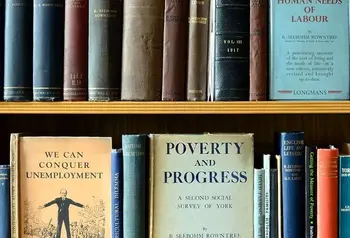Victorian blogging: the pamphleteers who dared to dream of a better world

Now, Conway Hall in Red Lion Square, Bloomsbury will digitise and open online access to over 1,300 Victorian pamphlets, many extremely rare, thanks to a new project made possible by National Lottery players.
Many of the issues addressed are still highly relevant today, and 2018 sees anniversaries of key milestones in the extension of the franchise, human rights and freedom of thought. The project will explore the parallels between 19th-century pamphleteering and 21st-century blogging and social media use.
[quote=Stuart Hobley, Head of HLF London]"Without the wonders of Twitter and Facebook, the humble pamphlet was crucial to sharing information, radical ideas, political debate and yes, even pictures of cats."[/quote]
The project will create exhibitions and online and print learning resources bringing to life the campaigners, such as Annie Besant and Charles Bradlaugh, who fought for a more equal and better world.
Volunteers will learn skills through cataloguing, researching, blogging and creating exhibitions, and workshops with school partners will enable students, through blogging, to acquire the skills to become citizen journalists.
Jim Walsh, Conway Hall’s CEO, says: "The struggles for gender equality, human rights and freethought are present throughout our pamphlet collection and 2017 has demonstrated vividly that they haven’t gone away. Conway Hall has a tremendous heritage as a centre for people wrestling with these issues. The core aim will be to link past and present to continue the project of 'daring to dream of a better world'".
Stuart Hobley, Head of HLF London, said: “Ever wondered what Victorian era social media would look like? Without the wonders of Twitter and Facebook, the humble pamphlet was crucial to sharing information, radical ideas, political debate and yes, even pictures of cats. As community life quickly changed, pamphlets became the blogs of their day; I am delighted that money from National Lottery players will support digitisation and public access, bringing this wonderful collection to life once more”.
